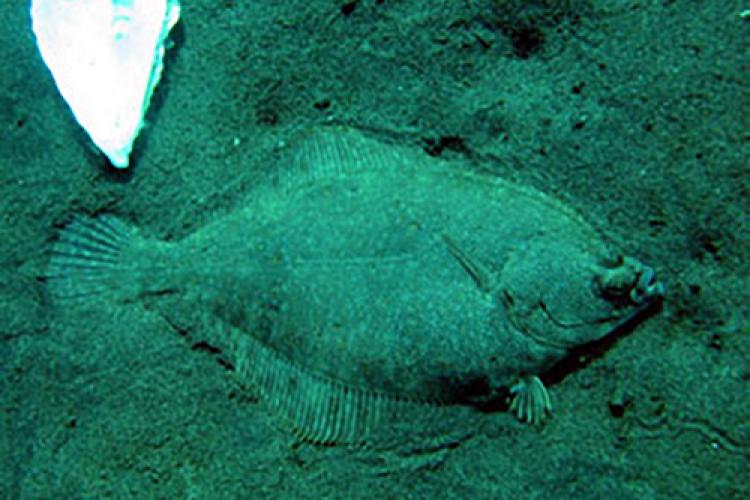The rock sole, along with other flatfishes are an important trawl fishery resource in the Bering Sea and Gulf of Alaska. There are two species, the southern rock sole which is more common in the Gulf of Alaska and the northern rock sole which are distributed throughout the Gulf of Alaska and eastern Bering Sea. Research by the Alaska Fisheries Science Center has included growth and maturity assessments, juvenile habitat preference, larval dispersion, adult migration behavior, and potential effects of ocean acidification on eggs and larvae.
More recent studies have focused on food relationships that might influence the distribution and abundance of northern rock sole populations. For example, polychaetes, also known as bristle worms, are important as food for the northern rock sole, and their abundance and distribution could affect the population strength of northern rock sole stocks. The distribution of the flatfish in response to warming ocean temperatures is also being studied to see whether it will change the composition and availability of their food.



